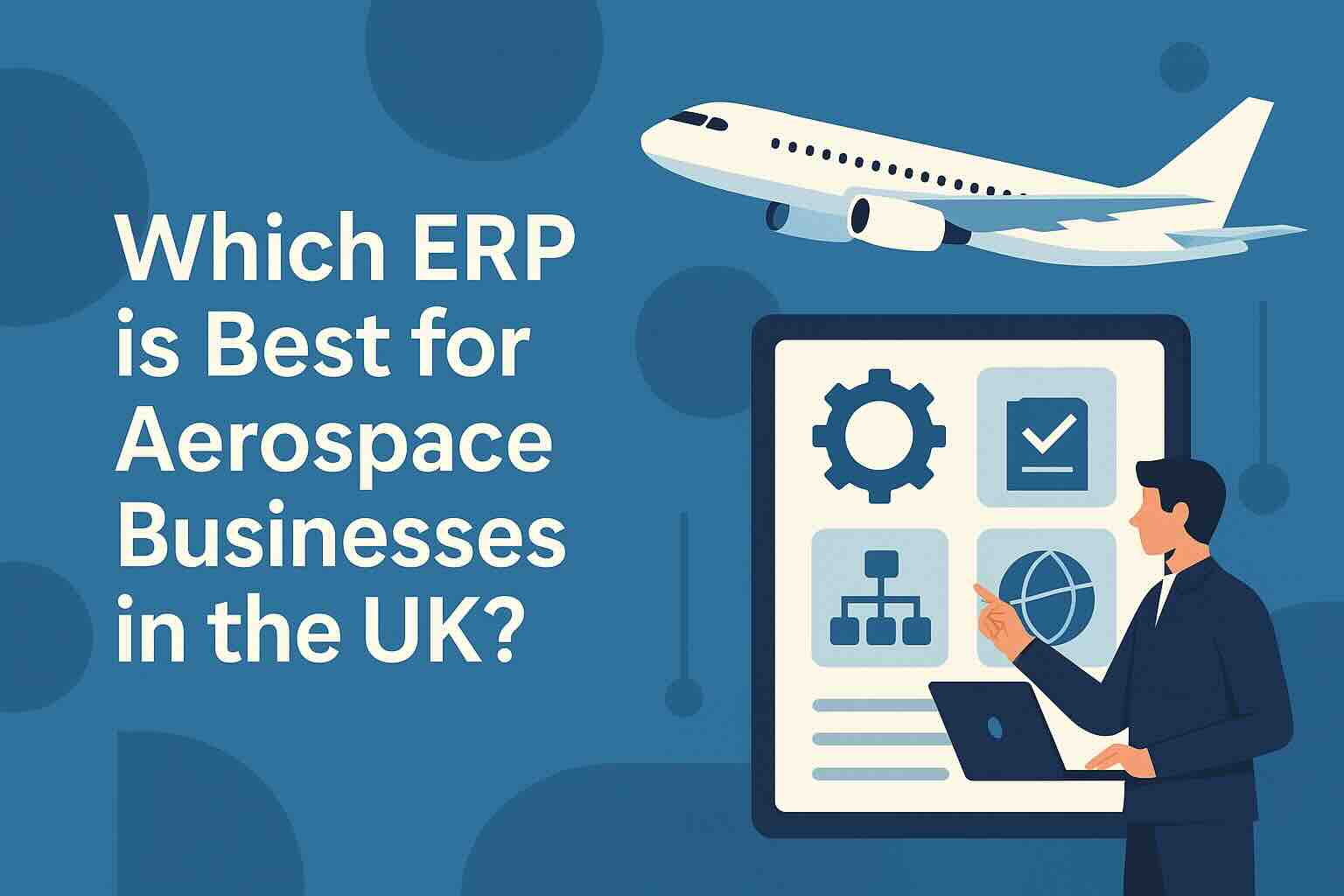Why SAP S/4HANA is the Future of Higher Education ERP Systems

In an era where digital transformation is reshaping industries across the globe, higher education institutions are also embracing change to meet the evolving needs of students, faculty, and administrators. Among the many enterprise resource planning (ERP) systems available, SAP S/4HANA has emerged as a powerful and comprehensive solution. But is SAP S/4HANA the right choice for higher education? Let’s explore the benefits, challenges, and factors to consider when evaluating SAP S/4HANA for universities and colleges.
Understanding SAP S/4HANA for Higher Education
SAP S/4HANA is a next-generation ERP suite that combines core business functions such as finance, procurement, human resources, and supply chain management. It runs on the SAP HANA in-memory database, allowing for real-time processing and advanced analytics. While traditionally associated with large enterprises, SAP has adapted its S/4HANA platform to meet the specific needs of the higher education sector, offering features like student lifecycle management, academic operations, and research project management.
In recent years, universities and colleges have faced significant operational challenges, ranging from budget constraints to shifting student expectations. The push for online learning, data-driven decision-making, and integrated systems is stronger than ever. Here’s why SAP S/4HANA could be a valuable asset for higher education institutions.
Key Benefits of SAP S/4HANA for Higher Education
- Centralized and Integrated System One of the most significant advantages of SAP S/4HANA for higher education is its ability to provide a unified, centralized system. Many universities struggle with siloed data spread across multiple departments—academic services, finance, human resources, and student records often operate on separate platforms. This fragmentation can result in inefficiencies, data inconsistencies, and administrative overhead.SAP S/4HANA addresses these challenges by consolidating information into one platform. This integration enhances collaboration, improves data accuracy, and allows for streamlined operations across the entire institution. With a unified view of academic and administrative processes, decision-makers can make more informed choices that benefit both students and staff.
- Real-Time Data and Advanced Analytics The in-memory computing capability of SAP HANA enables institutions to process large volumes of data in real time. This is a game changer for higher education, where the ability to analyze student data quickly and efficiently can improve enrollment management, predict student success, and enhance academic outcomes.For example, universities can use SAP S/4HANA’s analytics tools to identify students at risk of dropping out, based on real-time academic performance data and engagement levels. With this insight, interventions can be made early to support students, improving retention rates. Similarly, financial administrators can monitor spending and adjust budgets on the fly, ensuring resources are allocated effectively.
- Improved Student Experience Today’s students expect seamless digital interactions with their institutions. SAP S/4HANA helps universities enhance the student experience by offering personalized services, from streamlined enrollment and course selection processes to self-service portals for academic advising, tuition payments, and grading.By leveraging SAP’s customer experience management features, institutions can create a more engaging, responsive, and transparent relationship with students. Moreover, the system’s mobile capabilities allow students and faculty to access vital information anytime and anywhere, making campus operations more flexible and accessible.
- Enhanced Compliance and Reporting Managing regulatory compliance and reporting requirements is a complex task for any higher education institution. SAP S/4HANA simplifies compliance by automating the reporting process and ensuring institutions meet local, national, and international regulatory standards.Whether it’s financial reporting, research grant compliance, or accreditation processes, SAP S/4HANA’s real-time data capabilities and customizable reporting tools help institutions maintain transparency and accuracy, reducing the risk of penalties or audit failures.
- Scalability and Flexibility Higher education institutions vary widely in size and scope, and SAP S/4HANA’s modular design allows it to scale according to an institution’s needs. Whether it’s a small liberal arts college or a large research university, the system can be tailored to meet specific operational requirements without unnecessary complexity.SAP S/4HANA also offers flexible deployment options, including on-premise, cloud, and hybrid models, giving universities the ability to choose a solution that aligns with their IT strategy and budget constraints. The cloud-based option can be particularly attractive for institutions looking to reduce infrastructure costs and improve system accessibility.
Challenges and Considerations
Despite its many benefits, there are also challenges and considerations that higher education institutions should evaluate before implementing SAP S/4HANA.
- High Implementation Costs Implementing SAP S/4HANA can be a significant financial investment, especially for smaller institutions. The cost includes not only the software itself but also the resources needed for training, customization, and ongoing support. For institutions with limited budgets, the expense may be a barrier to adoption.However, the long-term ROI can justify the upfront cost by improving operational efficiency, enhancing student success, and enabling data-driven decision-making. Universities must carefully assess their financial capacity and potential savings when considering this investment.
- Change Management Migrating to SAP S/4HANA involves significant changes to institutional workflows and processes. Faculty, staff, and students will need time to adapt to the new system, and the institution must invest in comprehensive training programs to ensure successful adoption. Resistance to change and the complexity of transition can pose challenges, particularly in long-standing institutions with ingrained legacy systems.
- Customization Complexity While SAP S/4HANA is highly customizable, that flexibility can come with added complexity. Each institution has unique needs, and configuring the system to meet those requirements can be time-consuming. This makes it essential to work with experienced implementation partners who understand the higher education sector.
Conclusion
So, is SAP S/4HANA a good choice for higher education? The answer depends on an institution’s specific needs, goals, and resources. For universities and colleges seeking to modernize their operations, improve student outcomes, and leverage real-time data, SAP S/4HANA offers a powerful and comprehensive solution. Its ability to integrate academic and administrative processes, provide real-time analytics, and scale with institutional growth makes it an attractive option.
However, institutions must also weigh the costs, change management efforts, and customization challenges associated with the platform. By carefully evaluating these factors, universities can determine if SAP S/4HANA aligns with their digital transformation objectives and long-term strategic goals. For many, the benefits of SAP S/4HANA could far outweigh the challenges, leading to more efficient, responsive, and future-ready institutions. Click this link to find out more about SAP S/4HANA.
To compare SAP S/4HANA with 100s of other ERP solutions, you can use our new AI-powered Compare ERP tool. It’s free to use and you get a guaranteed discount on your first year’s licence fees with a referral from Compare ERP.









